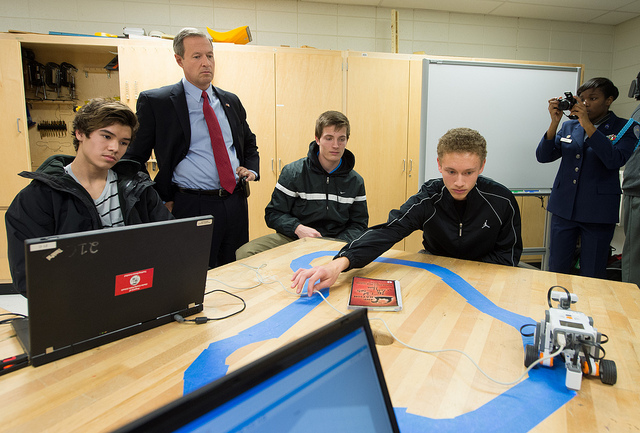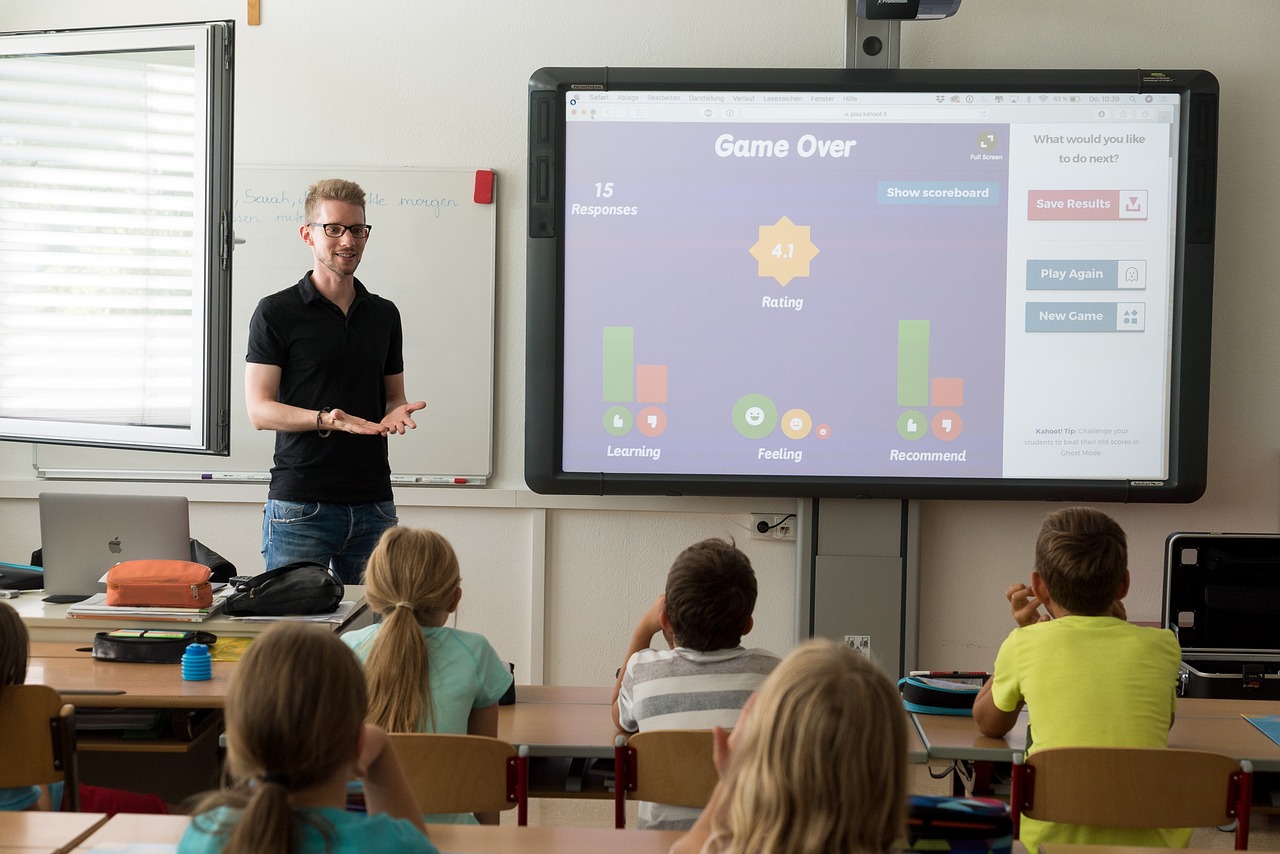How to Implement Peer-Assisted Learning (PAL) into Your Classroom

Description
For this strategy, the instructor may pair an excellent reader with a struggling one to help learners finish activities created to promote the development of reading skills. The strategy complements the existing reading curriculum by providing research-validated learning strategies through a course of peer-mediated instruction (i.e., peer pairing, peer tutoring); grade-appropriate versions of PALS address specific reading issues.
Advantages
- Learners can often teach concepts to one another in a straightforward way because they’re on the same educational level and closer in their learning journey than the instructor who probably learned the content eons ago.
Disadvantages
- Peer-assisted learning is not the same as the learners providing the instruction. Learners must continue to view each other as partners in education.
Implementation
- Invite learners from a grade level above to come into the classroom and act as moderators of discussions on topics of interest.
- Pair stronger learners with weaker learners. Have the stronger learners demonstrate their knowledge by supporting the more vulnerable learners.






